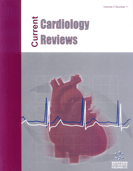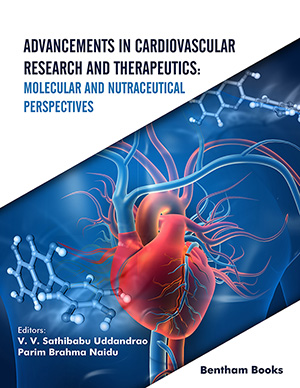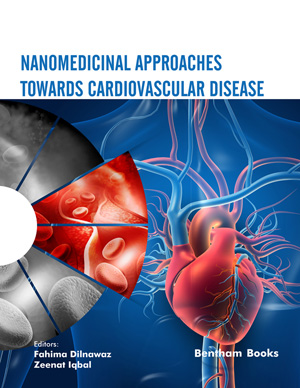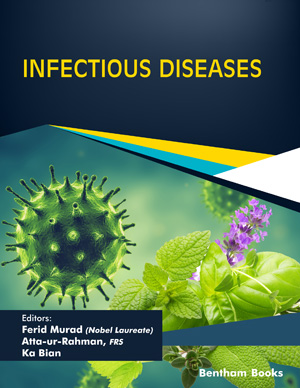Abstract
Arterial hypertension is a multifactorial clinical condition characterized by higher blood pressure levels. The main treatment for controlling high blood pressure consists of drug therapy, but the scientific literature has been pointing to the efficiency of aerobic and resistance exercises acting in a therapeutic and/or preventive way to reduce and control the blood pressure levels. Resistance training is characterized by sets and repetitions on a given muscle segment that uses overload, such as machine weights, bars, and dumbbells. As it successfully affects a number of variables associated to practitioners' functional and physiological features as well as emotional and social variables, resistance training has been a crucial part of physical exercise programs. Several reports highlight the various adaptive responses it provides, with a focus on the improvement in strength, balance, and muscular endurance that enables a more active and healthy lifestyle. Resistance training programs that are acute, sub-chronic, or chronic can help people with varying ages, conditions, and pathologies reduce their arterial hypertension. However, molecular mechanisms associated with resistance training to reduce blood pressure still need to be better understood. Thus, we aimed to understand the main effects of resistance training on blood pressure as well as the associated molecular mechanisms.
Keywords: Hypertension, blood pressure, physical exercise, exercise training, molecular mechanisms, myocardial.
[http://dx.doi.org/10.3390/biom11121771] [PMID: 34944415]
[http://dx.doi.org/10.1161/HYPERTENSIONAHA.120.15026] [PMID: 32370572]
[http://dx.doi.org/10.3390/ijms19113608] [PMID: 30445764]
[http://dx.doi.org/10.36660/abc.20210538] [PMID: 35703656]
[http://dx.doi.org/10.1007/s40279-021-01636-1] [PMID: 35044672]
[http://dx.doi.org/10.1016/S0140-6736(20)32229-7] [PMID: 33248019]
[http://dx.doi.org/10.1016/j.lfs.2018.08.006] [PMID: 30086274]
[http://dx.doi.org/10.1038/hr.2017.69] [PMID: 28769100]
[http://dx.doi.org/10.2147/CIA.S157479] [PMID: 29674845]
[http://dx.doi.org/10.1016/j.physbeh.2020.112998]
[http://dx.doi.org/10.3390/sports8040041] [PMID: 32231128]
[http://dx.doi.org/10.1590/S0100-879X2011007500112] [PMID: 21881810]
[http://dx.doi.org/10.7150/ijms.23150] [PMID: 29511376]
[PMID: 33043697]
[http://dx.doi.org/10.11606/1807-5509202000010165]
[http://dx.doi.org/10.31083/j.rcm2301029] [PMID: 35092221]
[http://dx.doi.org/10.1007/s00421-008-0761-3] [PMID: 18470531]
[http://dx.doi.org/10.1590/1414-431x20154355] [PMID: 26176315]
[http://dx.doi.org/10.36660/abc.20190391] [PMID: 33566958]
[http://dx.doi.org/10.1055/s-0042-121896] [PMID: 28219107]
[http://dx.doi.org/10.29359/BJHPA.12.3.01] [PMID: 33088594]
[http://dx.doi.org/10.1152/ajpregu.00603.2001]
[http://dx.doi.org/10.1590/1517-869220192502175333]
[http://dx.doi.org/10.3389/fphys.2017.00171] [PMID: 28382004]
[http://dx.doi.org/10.3390/ijms18040701] [PMID: 28346354]
[http://dx.doi.org/10.1016/j.arr.2022.101680] [PMID: 35793739]
[http://dx.doi.org/10.1159/000495395] [PMID: 30466091]
[http://dx.doi.org/10.3389/fphys.2022.935772] [PMID: 35845994]
[http://dx.doi.org/10.3390/ijms16046855] [PMID: 25822872]
[http://dx.doi.org/10.1016/j.cophys.2023.100648]
[http://dx.doi.org/10.1161/CIRCRESAHA.119.315428] [PMID: 32065054]
[http://dx.doi.org/10.1249/MSS.0000000000002632] [PMID: 33731656]
[http://dx.doi.org/10.1152/physiolgenomics.00124.2015] [PMID: 26850043]




















